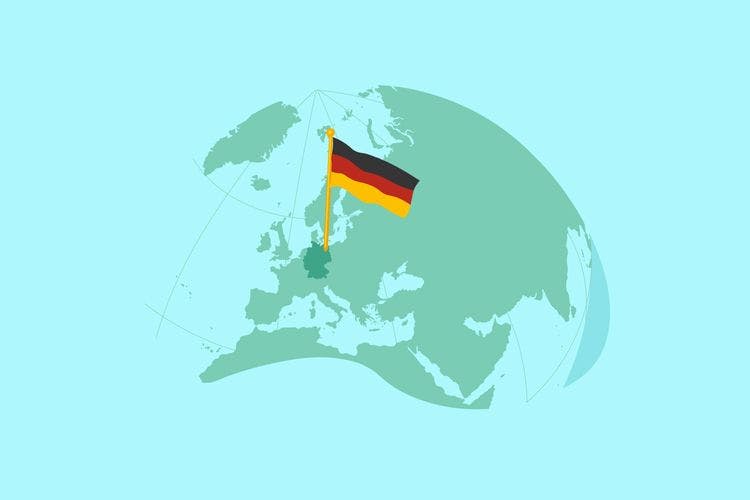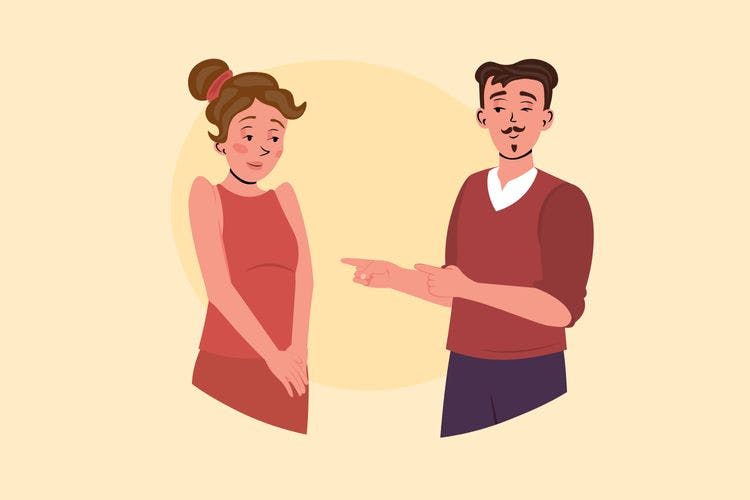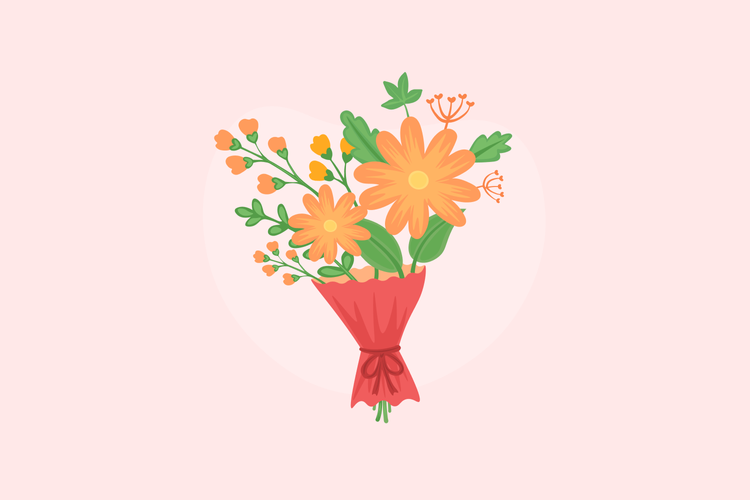Deciphering the Dutch: In-Depth Look at Holland People and Their Language

Contents
Often, the terms ‘the Netherlands’ and ‘Holland’ generate confusion. Despite being used interchangeably, they refer to different aspects of a diverse nation. If you’ve ever pondered where the Dutch are from or why the two terms are commonly misused, you’re not alone – many people worldwide share these questions. This article will clarify these topics, examine the unique characteristics of the Dutch language and culture, and deliver an extensive look into the lives of people from the country.
Understanding Where are the Dutch from
The Netherlands, renowned for its rich cultural heritage and innovative contributions to the global stage, is home to the Dutch people. Nestled in northwestern Europe, this country boasts a landscape as diverse as its history. This nation is known for iconic windmills, colorful tulip fields, and intricate canals and dikes.
The historical backdrop is essential to understanding where the Dutch people come from. The Netherlands emerged in the 16th century, gaining independence from Spanish rule. This period saw remarkable advancements in trade, science, military, and art, which established the Dutch as a significant European power. Historically, the country consisted of various autonomous provinces. Over time, these provinces united and formed the nation we now know.
The people from the Netherlands share a common language and cultural heritage despite regional differences. Their tongue, Dutch, is part of the West Germanic language family and shares similarities with German and English.
The Netherlands vs Holland: Clarifying Common Confusions
The terms ‘the Netherlands’ and ‘Holland’ often lead to confusion, but they refer to different realities. The Netherlands is the country’s official name located in Northwestern Europe. In contrast, Holland specifically refers to two regions: North Holland and South Holland. These regions are among the most populous and economically developed areas, which contributes to the frequent misnomer.
Understanding this distinction is key for those curious about Dutch identity and culture. The Netherlands consists of twelve provinces, each with its unique characteristics and history. The use of the term ‘Holland people’ when referring to the entire country can overlook the rich diversity in other regions, such as Friesland, known for its distinct language, or Brabant, with its unique cultural traditions.
For those wondering, if you’re Dutch, what country are you from, the answer is always the Netherlands. This clarification is essential not just for geographical accuracy but also for respecting the cultural and regional diversity within the nation.
The Evolution of ‘Dutch’: From Germanic Roots to Modern Usage
The term ‘Dutch,’ used to describe both the language and the people of the Netherlands, has an evolution that traces back to ancient Germanic roots. The word originates from ‘dietsc’ or ‘duutsc’ in Old High German, which initially meant ‘popular’ or ‘of the people.’ This term was akin to ‘Deutsch’ in German, which denoted the vernacular language as opposed to Latin, the scholarly tongue of the Middle Ages.
Over time, as Germanic tribes spread across Europe, the term evolved. In the context of the Netherlands, ‘Dutch’ began to refer to the language and people of this region specifically. The evolution of the word parallels the historical journey of the country itself. The nation, known for its significant maritime trade and exploration, contributed to the spread and development of the language. Explorers and traders took Dutch to various corners of the world, leaving linguistic traces in Indonesia and South Africa.
Demonyms Explained: What Are People from the Netherlands Called
When identifying people from the Netherlands, the correct term to use is ‘Dutch.’ This demonym applies to all individuals from this European nation, regardless of the specific region they hail from.
In contrast, the term ‘Hollanders’ refers specifically to residents of the two provinces in the Netherlands known as North and South Holland. While these areas are prominent, they represent only a part of the country. Therefore, using ‘Hollanders’ to describe all Dutch people is inaccurate.
So, when referring to people from the Netherlands, ‘Dutch’ is the appropriate and all-encompassing term. It acknowledges the nation’s geographical scope and variety and provides accurate acknowledgment to its citizens.
3
The Geographical and Cultural Landscape of the Netherlands
The Netherlands, a nation renowned for its distinctive features, offers more than the stereotypical images often associated with it. Situated in Northwestern Europe, this country has a unique geographical and cultural identity:
- Diverse landscapes. Contrary to popular belief, the Netherlands isn’t just flat terrain. It also includes areas like the rolling hills of Limburg, the sandy dunes along the coast, and the lush forests in the east.
- Urban and rural balance. The country boasts a mix of vibrant cities like Amsterdam and Rotterdam and quaint villages in the countryside. This balance adds to the nation’s charm, blending modernity with tradition.
- Cultural melting pot. The Netherlands has a diverse cultural composition. It is home to a mix of ethnicities and cultures due in part to its history of trade and immigration. This diversity is reflected in the country’s cuisine, festivals, and art.
- Innovative environmental practices. The Dutch are leaders in environmental sustainability. Their innovative practices in green living and renewable energy are part of their commitment to a sustainable future.
The Netherlands, therefore, presents a rich tapestry of landscapes and cultures. From its progressive cities to its serene countryside, the country offers a unique experience beyond typical postcard images. This blend of natural beauty, cultural diversity, and innovation makes the Netherlands a remarkable place to explore.
The Dutch Language: History and Global Influence
Dutch emerges from the Indo-European family of tongues and shares roots with other Germanic languages. Here are its some key features:
- Linguistic similarities. It shares major similarities with German regarding sentence structure and syntax, and with English in vocabulary.
- Regional differences. Various dialects exist within the Netherlands; some are even recognized as separate regional languages.
- Abundance of vowels. Dutch boasts numerous vowel sounds, which provide a rich phonetic diversity.
- Word order. Dependence on context defines word order – a main verb often concludes a statement.
- Spelling. G and C sounds are distinct, which depends on their position in the word. Also, language includes using diacritics, such as acute accents, on certain vowels to indicate stress or disambiguation.
Historically, Old Dutch was primarily spoken during the High Middle Ages, developing into Middle Dutch by the 12th century. This period witnessed an expansion in literature and public use of the language.
The tongue underwent substantial changes around the 16th century, giving rise to Modern Dutch as we know it today. The publication of a translation of the Bible in 1637 played a considerable role in shaping modern written language. From this point onward, the Dutch became standardized, which set definitive grammatical patterns and a common vocabulary.
The language’s influence extended worldwide through trade and exploration during the colonial era, especially during the 17th-century Golden Age. Subsequently, the nation left its imprint on many continents.
Today, over 23 million natives globally communicate in modern Dutch across the Netherlands, Belgium, and Suriname. Furthermore, it holds an official language status in Aruba, Curaçao, and Sint Maarten. Dutch also maintains a minor presence in France and Germany. UNESCO recognizes West-Frisian, spoken in Friesland province, as a regional language.
In the global arena, Dutch is recognized officially by the European Union, the Union of South American Nations, and the Caribbean Community. Various organizations, like NATO or Benelux, also use it. Despite shifts toward English for international correspondence, the tongue remains prominent in education and domestic affairs across its speaking sphere.
Choose the Convenient Path to Learn Languages with Promova
Welcome to Promova, a one-stop solution to the world of language learning. With us, you can delve into various tongues, including Spanish, English, French, Italian, German, and others. Our applications and web platform provide a comprehensive and effective solution to learners from all corners of the world.
Our signature feature, guided courses, is available across multiple languages. They include vocabulary lists, interactive quizzes, and in-depth grammar exercises. Whether you’re a rookie or an advanced student, Promova suits every level.
We understand that convenience matters when you balance learning with other facets of life. Our mobile app gives you easy access to our platform anytime, anywhere. The app is free yet functional on iOS and Android devices with various features.
Promova takes personalized attention to another level with our 1x1 English language lessons. It allows students to interact individually with our experienced tutors, fostering an environment where everyone’s needs are met. We also recognize the benefits of collective learning, so we offer group lessons. Engaging with fellow students enhances your language skills and builds confidence as you learn from each other’s progress and experiences.
Conclusion
Nailing the differences between ‘Holland’ and ‘the Netherlands’ is the key to understanding Dutch people and their diverse heritage. The terms don’t hold identical meanings; they point towards different realities. As for the Dutch language, it has a rich history and global influence, evident in its many dialects across continents. It shares roots with English and German but also stands as unique in structure and sound. This knowledge helps to appreciate the nuanced identity that forms Dutch people and their language.
FAQ
Why was the country named the Netherlands?
The name ‘Netherlands’ translates to ‘lower countries,’ referring to its geographical feature of low-lying lands. Most of the nation rests below sea level and relies heavily on intricate water management systems, including extensive dikes, canals, and pump networks. However, people from the Netherlands are called Dutch.
What influence did the Dutch have on other languages globally?
The tongue impacted English significantly due to proximity and trade overages. It left imprints on Afrikaans in South Africa – which is regarded as a daughter language. Some Indonesian words also find their roots in Dutch.
How different are Dutch dialects in the Netherlands?
There is considerable regional diversity within the Netherlands Dutch. Variations occur in pronunciation, grammar, and vocabulary. Some dialects, like West Frisian, are even considered separate languages by official authorities.
If I want to learn Dutch, where should I start?
Starting to learn the tongue online is a viable option. Websites like WordReference and Linguee offer free, thorough dictionaries and community forums for language learning help. They provide definitions and context examples, which is particularly beneficial for self-learners. You might also find user discussions on language peculiarities worthwhile.



Comments